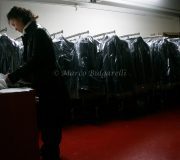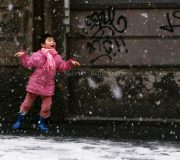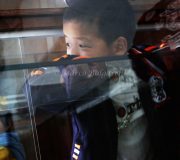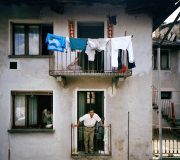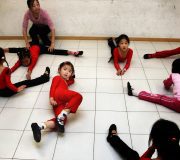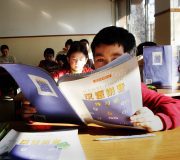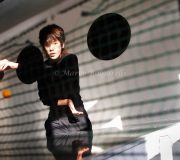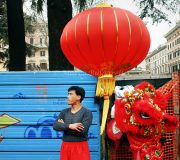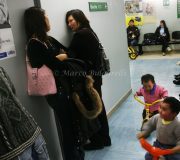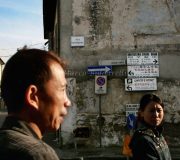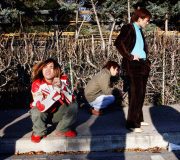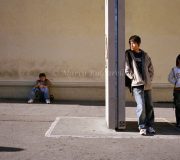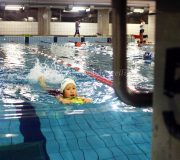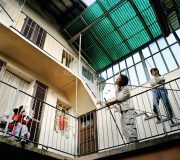Little China
The majority of Chinese living in Italy came from a small area in Zhejiang, a region in the south of China, from the city of Wenzhou.
In the last few years, the process of integration of the Chinese community in Italy has accelerated. They started out as simple workers. In time they became wholesalers and lately have made the big jump into production. Today Chinese entrepreneurs number about 25 thousand. Mister Xu Qiu Lin is the first entrepreneur to be admitted to the national union of businessmen called Confindustria. In 2006 he presented a collection of sportswear by Gabriele Batistuta at the Pitti Uomo Firenze fashion show. The fashion collection was also launched in Latin America and in the Far East.
The economic situation has improved and many families have been able to send their children to Italian Universities, to American Schools in Italy, or back to China to study. Many can afford to buy a second house at the sea or in the mountains. The number of Chinese that finish secondary school has grown, according to the data of the Italian ministry of public education, from 15.000 to 19.000 children (2006).
The language problem, one of the first obstacles and a major reason for rejection and distrust, has been in part overcome, followed by a gradual opening towards the Chinese community and their culture. In fact, most members of the younger generation do not speak their mother tongue, but only Italian, frequently with a strong local slant, though a few Chinese associations provide Chinese language courses on Saturdays to make up for the loss.
The young generation shares many aspects with the young Italian culture: they follow fashion for haircuts, clothing, and have a passion for video games. Most of all they need to belong to a group.
But as their economic well-being increases, so does the affirmation of their cultural identity in form of concerts, performances, and parades (the first Buddhist Chinese temple in Italy was set up in Rome).
Prato, a small city near Florence (Tuscany), is known to have the highest concentration of Chinese in Italy: 30.000 people, about 20% of the town’s population. The city has one of the largest textile districts of the country: 1700 Chinese companies specialized in dressmaking and prêt a porter. In 2004 the Chinese textile industry in this region alone had a turnover of 55,690 million euros and produced 11.747 million articles of clothing (2006).
Over time the quality of the apparel produced by these industries has improved and now even large Italian firms have started to turn to the Chinese workforce.






